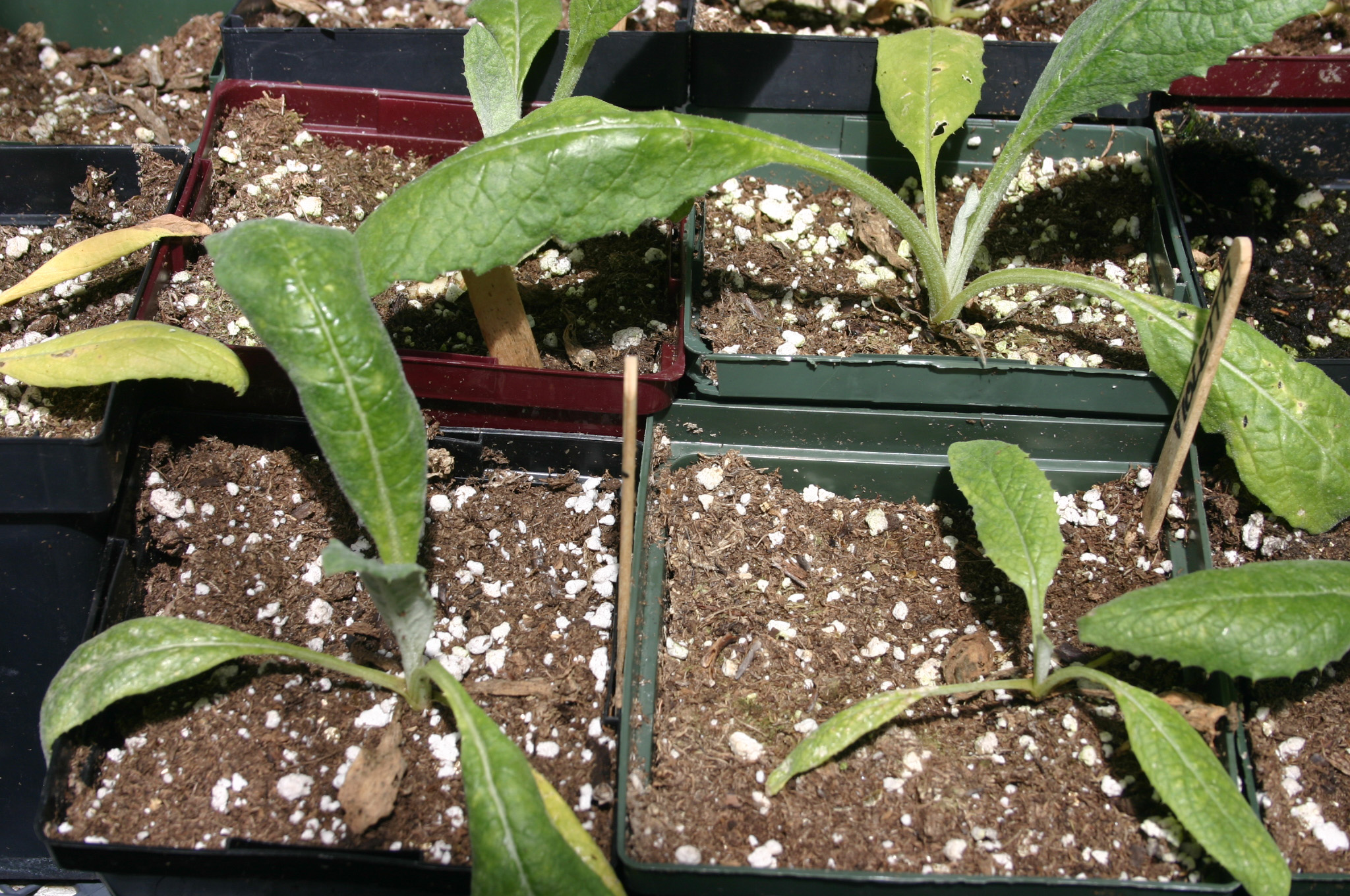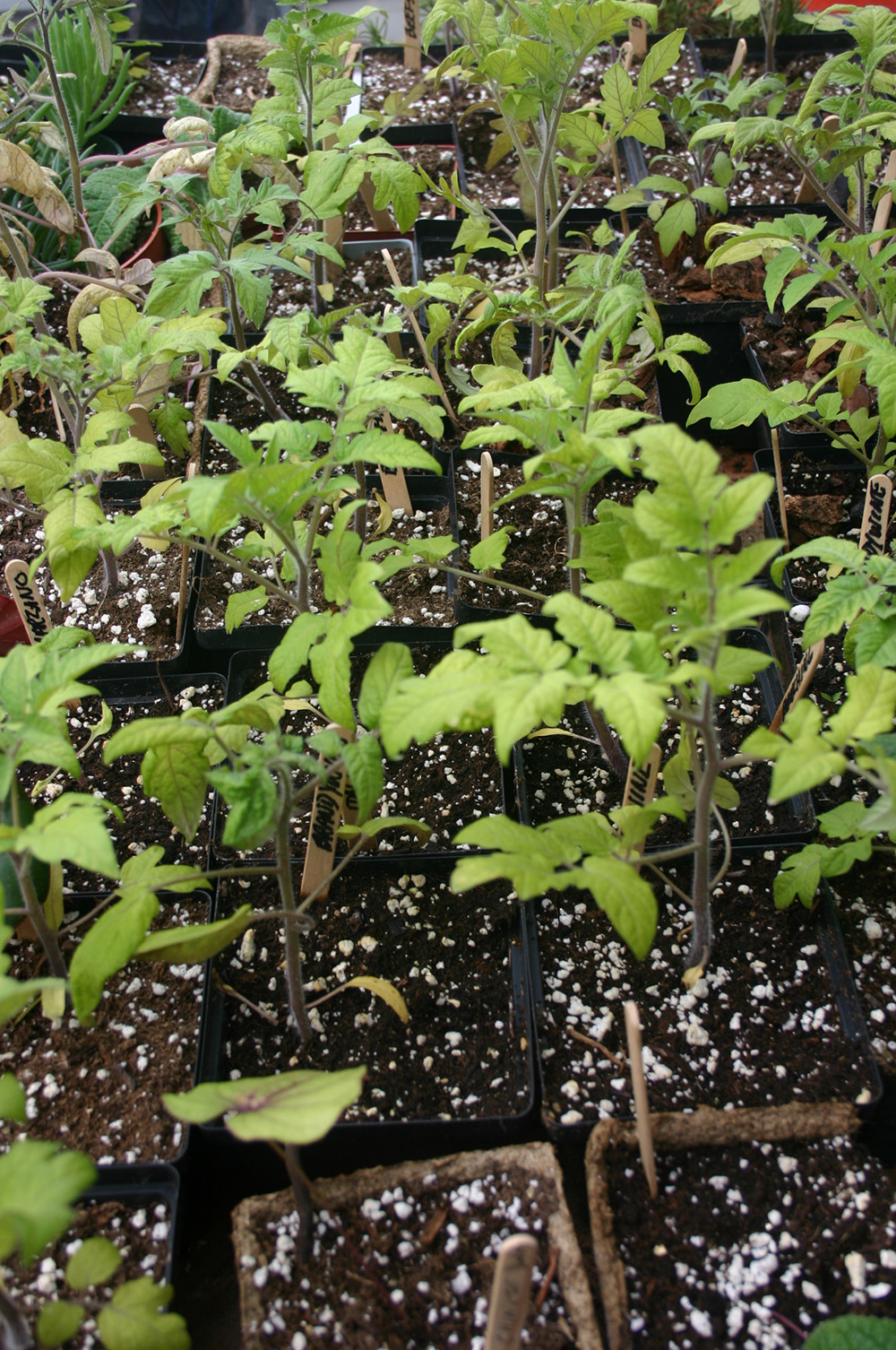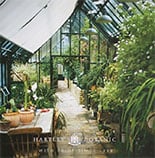As you may have read last month, I grow a lot of plants. It’s hard work and a lot of physical exercise, but the results are greatly worth the effort. Here’s a rundown of some of the vegetables I grow each year and how I do it.
Plants that grow slowly, such as onions, leeks, peppers, and eggplants, I start under lights in my basement germination chamber during mid-January, about 15 weeks before the last frost in our Zone 7a area. In early March, I move pencil-sized onion and leek plants first into my heated greenhouse to begin to harden them and then into my unheated one about three weeks later. Outdoor planting of these crops comes around mid- to late- April. Peppers and eggplants are slow to germinate and planted outdoors a month later.

I treat artichokes differently because they must overwinter to set fruit. I’ve tried letting these plants spend the winter in my unheated greenhouse, but some simply don’t survive in extended cold. I’ve also moved them into the heated greenhouse, but mature plants don’t seem to like being potted up. I now germinate new artichoke plants in my basement each year during late December or early January. These I transfer to my unheated greenhouse in early March, giving them just enough taste of winter to set fruit in the first season.
Fingerling potatoes (red, yellow, and sometimes purple) are another crop I grow. I sow some directly into my outdoor garden no later than late March, mulching the beds with straw to keep the seed potatoes warm. A month or so before that I start a few grow bags for early fingerlings in the heated greenhouse and later move them into the unheated greenhouse. This ensures an early harvest.

Various cool-season crops, such as snow peas, snap peas, fava beans, Chinese cabbage, lettuce, and spinach, I sow not only in my garden beds but also in the beds of my unheated greenhouse in late February or early March. The plants grown in the unheated greenhouse will be ready to harvest long before the same crops in the outdoor garden, thus giving me two early-season yields. Typically, most of these crops can be sown a third time before summer really heats up and causes them to bolt or be otherwise hampered.
Tomatoes, tomatillos, squash (both winter and summer), corn and green beans I start in my basement around the third week of February. To acclimate them to a more variable setting, these plants usually go into my heated greenhouse in mid to late March. As the outdoor ground warms up to 55 degrees or more, I move the young plants outdoors, although this procedure may change with the new hoop-house I built last fall. I also sow seeds for plants like carrots, beets, radishes and other root crops directly into my outdoor garden when the soil is over 55 degrees.

With my new hoop-house, my process for growing brassicas (cabbage, broccoli, cauliflower, Brussel sprouts) may also be modified. In the past, I’ve started these crops under lights in my basement in late March. I then put them into my heated greenhouse about ten days to two weeks after germination to prevent them from growing too leggy. They spend a week or two there to acclimate to this new environment before going into my unheated greenhouse for another two to four weeks prior to being planted outdoors in early to mid-May. With the new hoop-house, though, I’ll try starting some of these plants two weeks earlier, allowing me to transfer them to a garden bed sooner under the hoop-house’s protection. Hopefully, this will give me earlier brassica yields.
As I said before, this is all a lot of work. But the reward is enormous in being able to harvest a wide variety of fresh, organically-grown vegetables over an extended period. Of course, the yields I get and the timing of them wouldn’t be possible without the help of my two greenhouses. The fact that one is heated and the other is not enables them to serve different functions that greatly complement each other.










